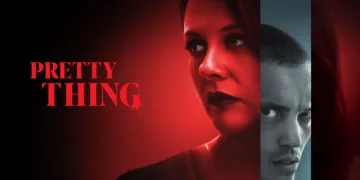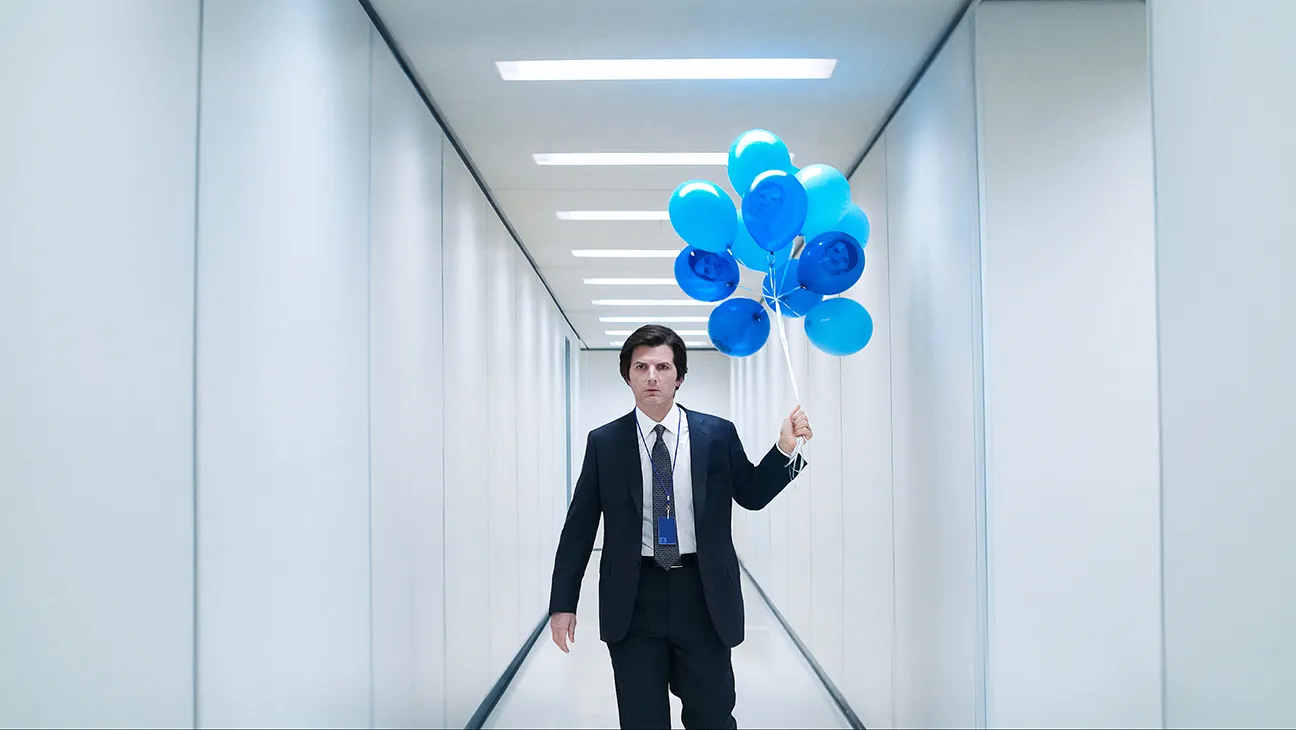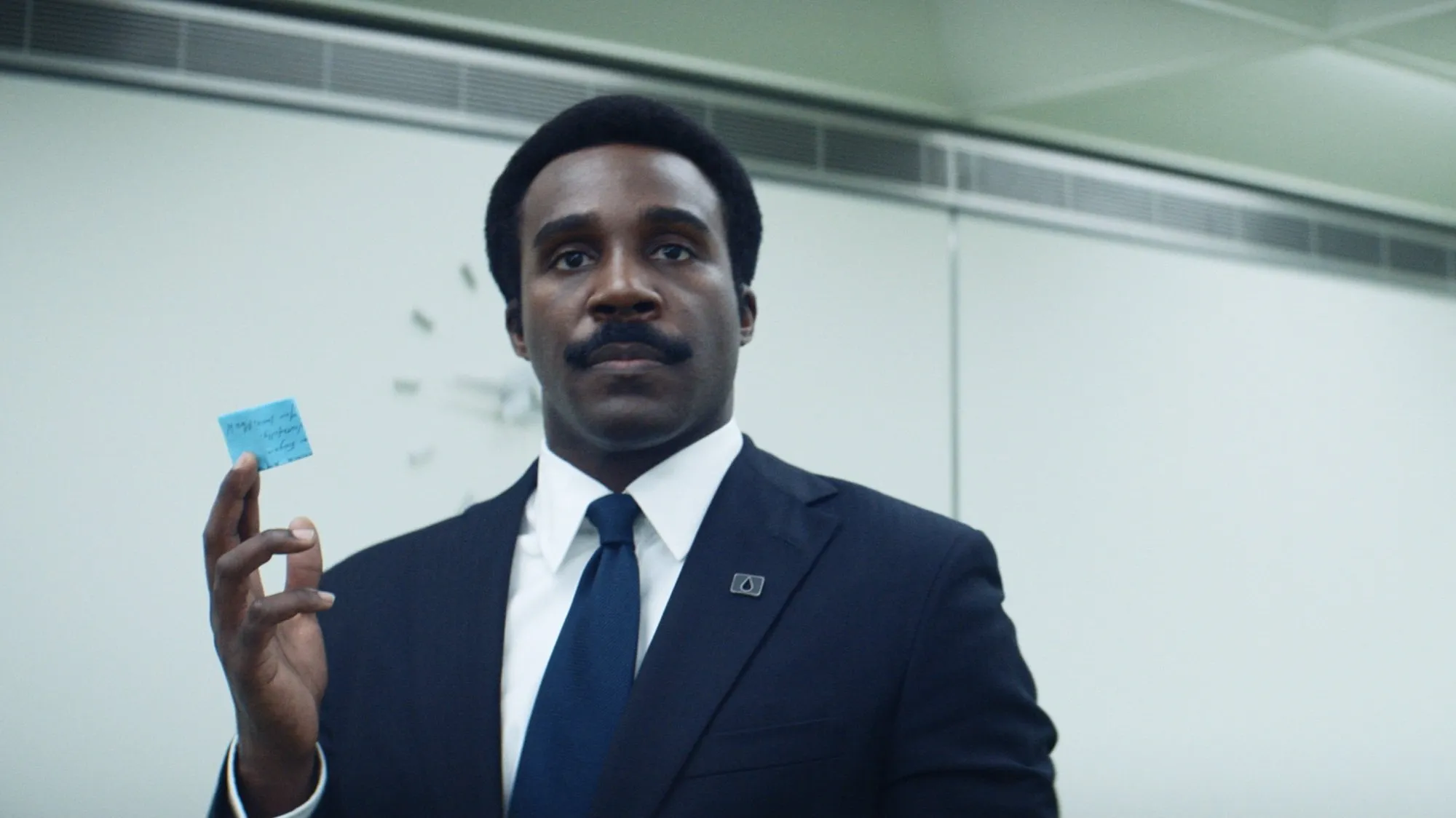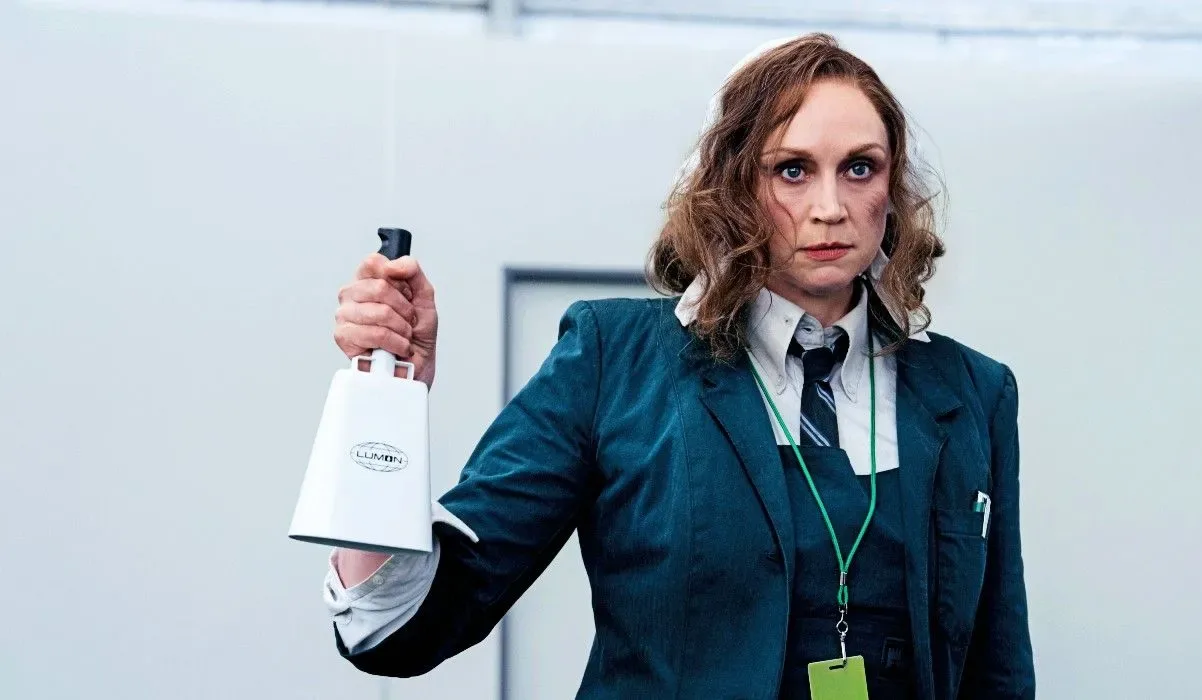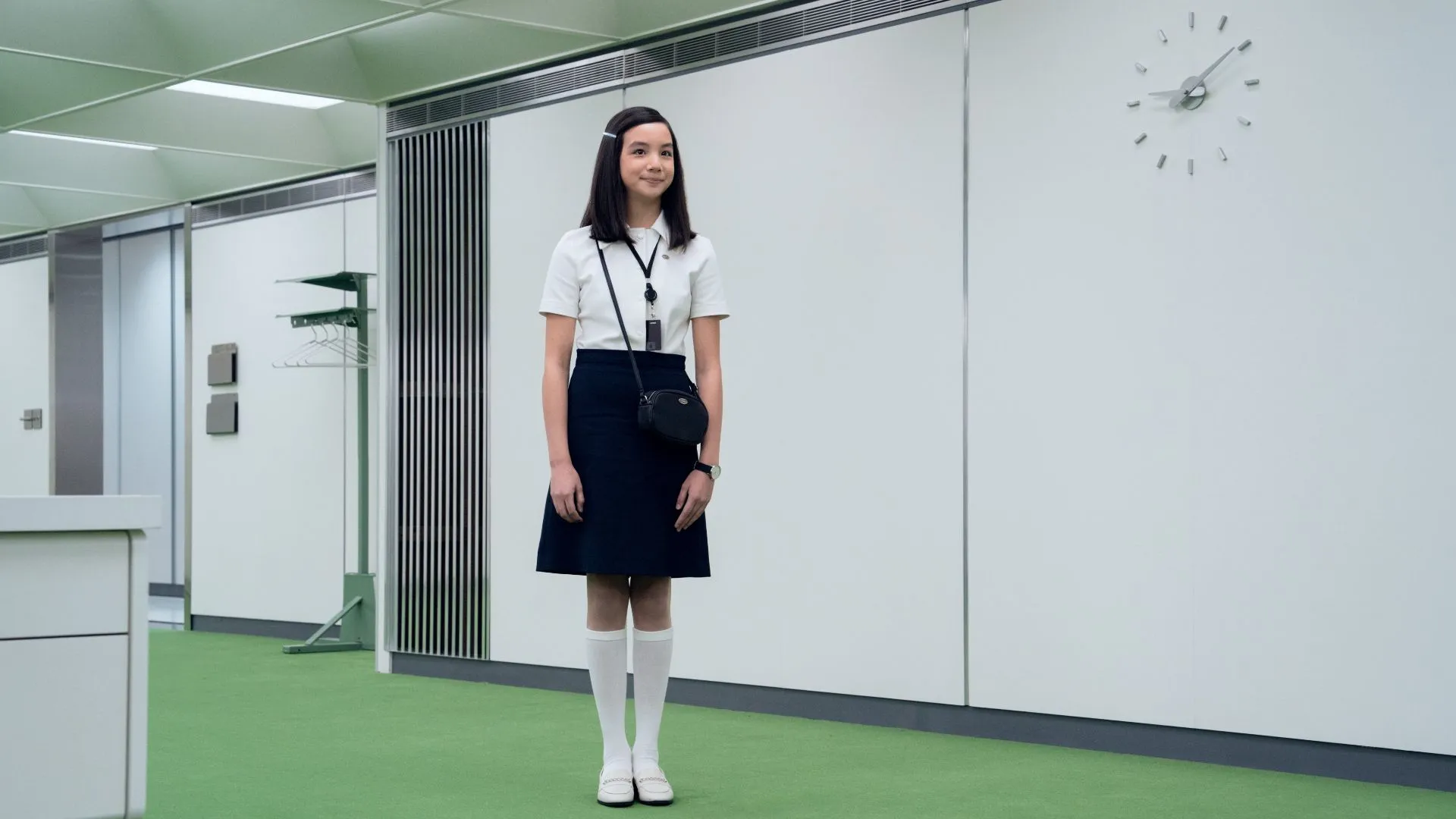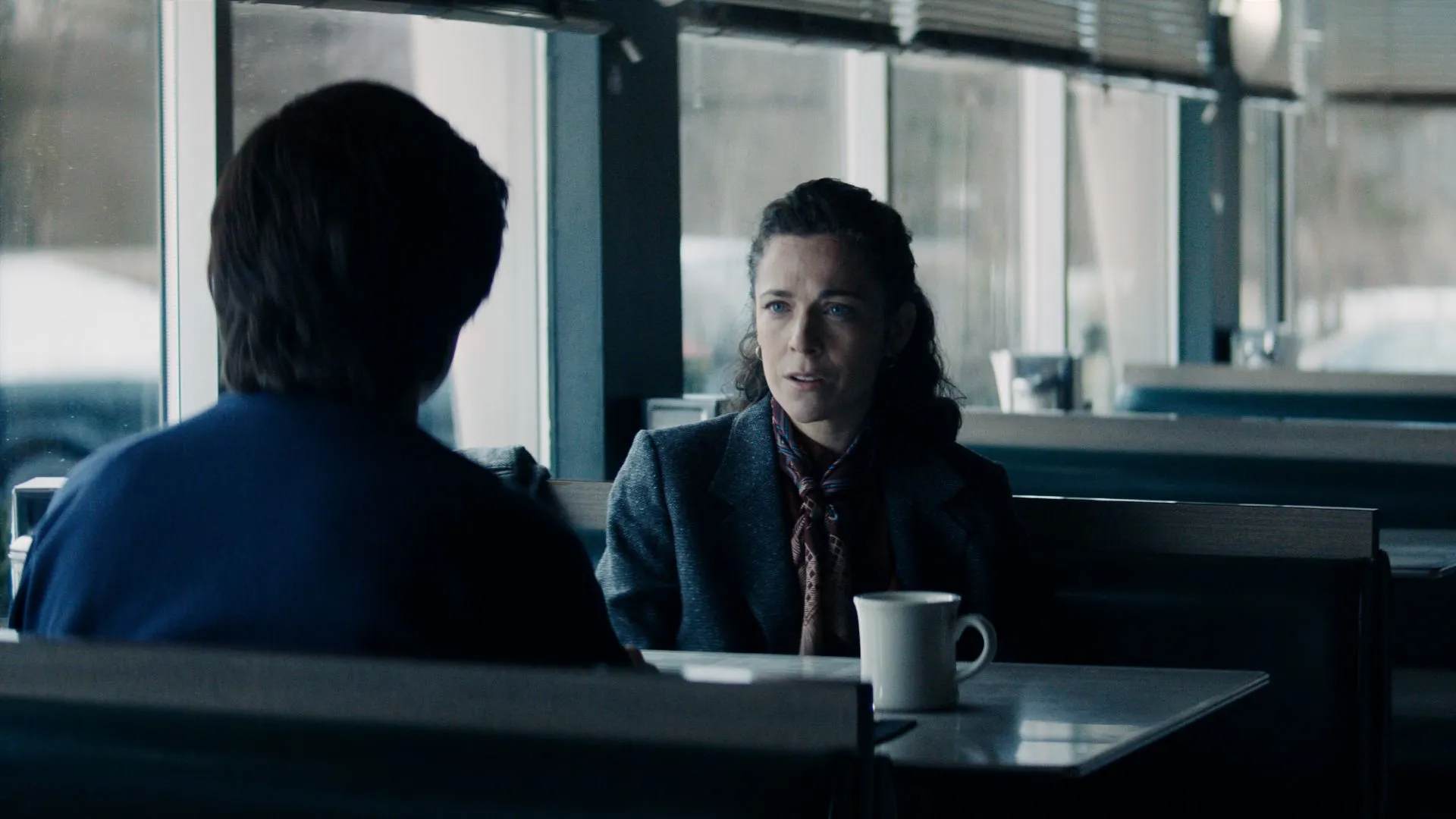The idea of Severance unfolds like a Kafkaesque puzzle in its surreal environment. At its heart is the severance process, a risky surgery that separates a person into a work identity (the “innie”) and a personal identity (the “outie”). Five months after the cliffhanger ending of Season 1, Season 2 begins with characters dealing with shocking news that could shake their existence.
The long wait for Season 2 built up excitement, like when you’re looking forward to a famous sequel. Many fans were hoping for a more in-depth study of the characters and the philosophical implications of their situation.
But as the narrative goes on, it becomes a balancing act between what people expect and what happens. The promise of finding out what Lumon is really up to is very big, but the story often chooses atmosphere over resolution, which is both interesting and annoying.
Like the innies, are we always stuck in a loop of being unhappy? Perhaps Severance serves as a mirror that reflects our apprehensions about being just parts of a machine, which are still as relevant today as they were then. Will the show find answers or stay stuck in its thought-process quagmire?
Fractured Identities: Character Dynamics and Performances in Severance Season 2
Mark S. is at the heart of Severance. (Adam Scott), a character whose two sides show how confusing modern life can be emotionally. Mark’s journey is not just one of conflict with other people; it’s also a fight inside him between grief and a desperate search for meaning.
His quest to find his missing wife, Gemma, who has turned into a mysterious figure, is a powerful metaphor for the struggle we all face to reclaim lost parts of ourselves. However, this quest shows a paradox: does he risk losing the core of who he is in his search for connection? These kinds of psychological problems are very important in a time when people’s identities often feel like they are broken like a mirror.
Then there’s Helly R. Helena Eagan (Britt Lower), who personifies the tension between autonomy and duty. It’s interesting to see how Helly’s character changes from an unruly innie to a troubled outie. A rich tapestry of identity crisis is created by the contrast between her life in Lumon, which is sterile, and her life as Helena, the heir to the company that controls her.
In a world that values individuality as a commodity, her struggle to find a balance between these two selves raises questions about what freedom means. (You could call her a contradiction on wheels or a “cog in a couture machine.”)
In this complex narrative, supporting characters play an important role as more than just extras. In a space where memories are both a blessing and a curse, Irving (John Turturro) navigates his own emotional maze while dealing with love and loss. Dylan, played by Zach Cherry, goes from being a funny sidekick to a more complex character. He represents the struggle for agency in a system meant to keep it from happening.
The narrative is further strengthened by introducing new characters, including the mysterious Gwendoline Christie. Whether it comes from seasoned or newbies, each performance amplifies the show’s investigation of corporate culture as a form of emotional confinement.
Severance’s complicated dance of characters makes us think about the cost of conformity. Do these characters have the agency to change their paths, or are they merely products of their environment? In a world that frequently values conformity over authenticity, the performances raise this philosophical question, making the audience ponder their fragmented identities.
The Rhythm of Disconnection: Narrative Structure and Pacing in Severance Season 2
Severance Season 2’s pacing is a bit of a puzzle. With its focus on moody details that are almost hypnotic, the first half of the season often feels like a slow dance through corporate hallways. This slow, careful pace helps viewers get into the creepy atmosphere of Lumon, but it gets boring at times.
Moments that could move the story forward turn into long scenes that test the audience’s patience. (It’s so beautiful but so damn slow that you might call it a “corporate ballet.”)
The narrative, however, gains momentum as the season goes on, transforming those slower parts into a buildup of tension that leads to shocking discoveries. In the later shows, the focus changes to weaving together the plot twists and character arcs. This structural shift is extremely important; it transforms what at first seemed like narrative inertia into a potent source of tension. It’s important to remember what’s at stake by using cliffhangers, those fun hooks that keep viewers on the edge of their seats. The audience wants to come back to figure out Lumon’s complicated web of secrets.
Significant events break up this journey, each adding something different to the general narrative. For example, the episode where Helly has to confront her dual identity stands out because it shows how complex her character is while also moving the story forward. In contrast, some shows ramble and indulge in surrealist flourishes that, while visually interesting, risk losing the narrative focus.
The characters’ problems with pacing and memory are mirrored in the interaction between long periods and short bursts of action. The audience is similarly challenged to follow a narrative that veers between the mundane and the extraordinary, just as the innies deal with their fragmented lives. Both the absurdity of corporate life and the deep questions of identity are shown in this duality, which could be used to make a big cultural statement. After all, Severance makes us think about what it means to be present in a world where time feels like a commodity.
The Illusion of Balance: Themes in Severance Season 2
Severance functions not only as a narrative but also as a philosophical investigation into the very fabric of contemporary work culture. The theme of work-life balance, which feels harder to find in our always-connected, productivity-driven world, is at the heart of Season 2.
The innies, who are stuck in the dull world of Lumon Industries, represent a struggle that many people face: the constant grind of work encroaching on personal identity. Their severance is a metaphor for the emotional toll of modern employment practices despite a literal separation of work and life. It might be seen as a scary reflection of the “always-on” society that affects all of us.
This study raises unsettling questions about identity and fulfillment. Mark’s struggle with the memory of his late wife makes him a powerful image of a generation trying to figure out their purpose. Is it possible to find value in a life where things like work come before relationships? The show skillfully shows the absurdity of this situation, challenging viewers to confront their involvement in a system that frequently requires us to give up our sense of self in favor of productivity.
Lumon Industries being shown as a darkly funny metaphor for corporate power is also very interesting. Employees are treated like cogs in the well-oiled machine, stripped of their autonomy and identity. It’s more than just a place of work; it’s almost like a religious institution where following the teachings of founder Kier Eagan trumps any idea of individual agency. The innies’ struggles are reminiscent of existential crises as they confront the terrifying truth that their identities have been manipulated and sold.
Severance serves in this context as a cultural critique of capitalism’s tendencies to make people less human. It compels us to think about the implications of a corporate culture that places an emphasis on productivity over empathy. The show shows bigger problems in society through the characters’ broken lives, similar to how labor groups in the past fought against the forces that Lumon represents.
In today’s world, where the lines between personal and professional autonomy are becoming less distinct, the struggle for autonomy is deeply felt, both within the confines of the office and in the larger world. Severance becomes a mirror for our existential problems in the face of corporate power in this way, transcending entertainment altogether.
A Dystopian Canvas: Visual Style and Atmosphere in Severance Season 2
Ben Stiller’s choices as a director in Severance are nothing short of revolutionary, transforming the mundane into the surreal through a lens that captures both the absurdity and the terror of corporate life. The photography pays close attention to every detail, creating iconic images that stay with you long after seeing the movie.
For instance, the dimly lit halls of Lumon Industries give off a sense of claustrophobia similar to the characters’ emotional entrapment. When Mark walks through these hallways, the camera often stays on his lone figure, highlighting how hauntingly empty his life is—a visual representation of his inner struggle. (The halls look like prison bars—they’re shiny and suffocating.)
The emotional effects of these choices are huge. In scenes where characters perform mundane office jobs that take on a sinister quality, Stiller expertly combines humor and fear. The absurdity of their actions set against a bleak reality makes people laugh and feel uncomfortable simultaneously, a deep contrast that sticks with viewers.
A space that feels both familiar and foreign is created by Lumon’s production design, which further amplifies this atmosphere. The design uses a palette of cold blues and whites to mirror the corporate office’s sterile surroundings while giving it a surreal, almost dreamlike quality.
The big, empty areas in Lumon are both the setting and a metaphor for how the characters’ identities are broken up. The use of color and space supports themes of isolation and control, transforming the office into a character in its own right, one that watches over the employees like a benevolent god.
The audience is prompted to ponder the implications of a world where individual agency is constantly undercut by this visual storytelling, which creates a sense of unease. As Severance progresses, it becomes clear that the aesthetics are not just for show; they are an essential part of the narrative, forcing viewers to confront the terrifying truth of contemporary work culture through a masterfully crafted tableau of visual metaphors.
Unraveling the Threads: Plot Developments and Mysteries in Severance Season 2
Severance Season 2 picks up the teasing threads left hanging at the conclusion of Season 1, weaving a complicated web of intrigue and emotional turmoil. The season begins with Mark’s (Adam Scott’s) desperate search for his wife Gemma, a quest that quickly turns into a spark for more significant discoveries. Significant plot developments emerge as he navigates Lumon Industries’ maze-like hallways, showing how the company works and how fragile the characters’ minds are.
The introduction of new characters, such as the mysterious Gwendoline Christie and Helly’s (Britt Lower) shocking public defiance against Lumon, serves to further the narrative while building on the cliffhanger from Season 1. These changes spark a collective desire for autonomy and show how the characters are becoming more aware of their situation. The innies are slowly waking up from a corporate-induced coma, much like workers’ awareness would be in a society without capitalism.
Still, the season is full of mysteries, typical of how it tells its stories. There are many questions: what is Lumon’s real heart? What does Gemma think Mark’s future will be like? The show’s tendency to leave things open to interpretation sparks speculation, sending viewers down rabbit holes of conspiracy and existential fear. This ongoing uncertainty is both a strength and a possible weakness; it adds intrigue and makes the audience want a conclusion.
The unresolved lines hint at exciting new directions for character arcs in the future. For instance, Helly’s changing identity raises questions about her agency and the potential for corporate revolution. Mark’s journey, in the meantime, becomes a symbol of a larger existential crisis, mirroring historical battles against oppressive systems.
Severance mirrors our lives as we ponder these mysteries, mirroring the unsettling nature of corporate existence and the quest for identity. The complex plot twists and enticing mysteries that follow them make for great intellectual discussions, making the series not only a thriller but also a deep reflection on what it means to be human in a world that is becoming increasingly automated.
The Heart of the Machine: Emotional Resonance and Audience Impact in Severance Season 2
Season 2 of Severance raises the emotional stakes so much that viewers can’t help but get caught up in the characters’ complicated struggles. Mark, Helly, and their coworkers are more than just parts of a corporate machine. They represent our worries about identity, fulfillment, and the never-ending grind of modern work life.
The common desire for connection in a world that is becoming more and more solitary is echoed by Mark’s quest for Gemma. (One could even call him a “romantic in a corporate dystopia,” which sounds both silly and sad.)
The emotional stakes greatly increase as viewers invest in these characters. We find ourselves pulling for Helly’s growing sense of self and Mark’s healing from his past. The show does a great job of playing on our empathy, making us very aware of the repercussions of corporate power over our lives. Because of this emotional commitment, Severance goes from being a simple psychological thriller to deeply reflecting on what it means to be human.
Season 2 amplifies the importance of its themes by building on the emotional groundwork set by Season 1. It’s hard for viewers not to think about their own lives when they see how the characters are suffering. How can we be truly free in a world that is made to break up our identities?
Severance becomes a cultural touchstone in this way, sparking discussions about autonomy, purpose, and the price of modernity—issues that are just as important now as they were during times of labor unrest and social change in the past. The emotional impact of the season stays long after the credits roll, pleading with us to reevaluate not only the characters’ fates but also our paths in a world that frequently feels surreal.
The Review
Severance Season 2
Severance Season 2 offers much more to learn about identity, autonomy, and the emotional toll of corporate life. The series invites viewers to wrestle with profound questions about selfhood in an increasingly mechanized world through compelling character arcs set against a hauntingly surreal background. Ben Stiller's direction increases the emotional weight of the narrative and the show's striking visuals, making it both exciting and thought-provoking. Even though there are still some pacing problems, the overall effect is clear.
PROS
- Richly layered characters with emotional depth.
- Engages with contemporary issues around identity and corporate life.
- Unique cinematography and production design enhance the narrative.
- Ben Stiller’s vision creates a haunting, immersive atmosphere.
- Keeps viewers engaged with unresolved plot threads.
CONS
- Some episodes feel drawn out and may test audience patience.
- Frequent mysteries can frustrate viewers seeking clear resolutions.




























